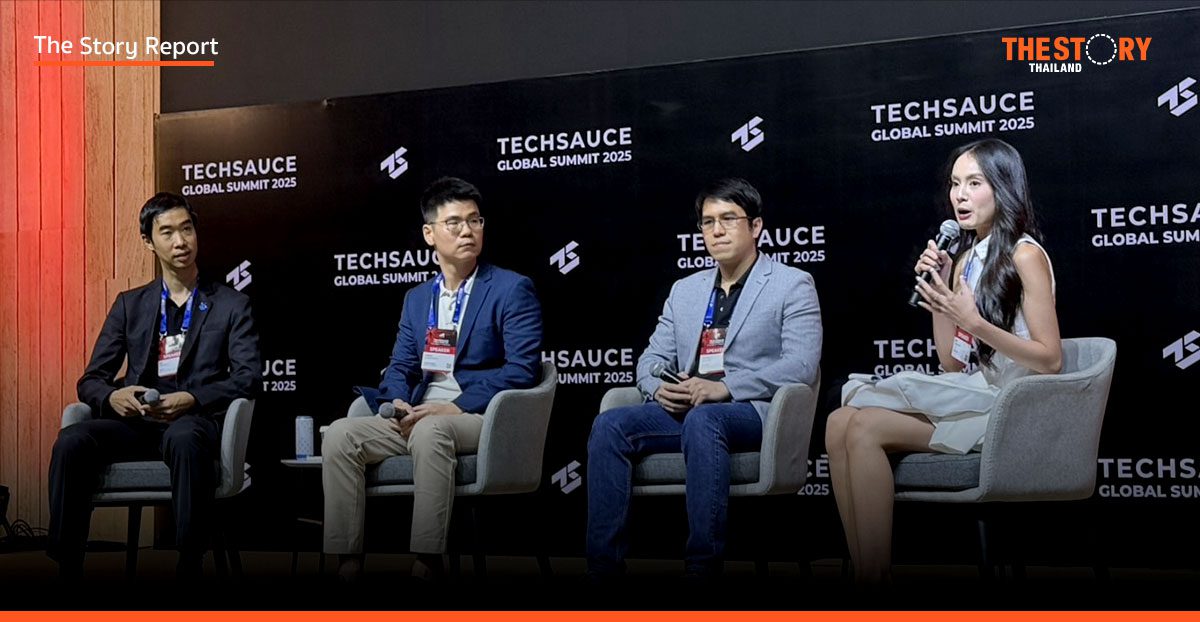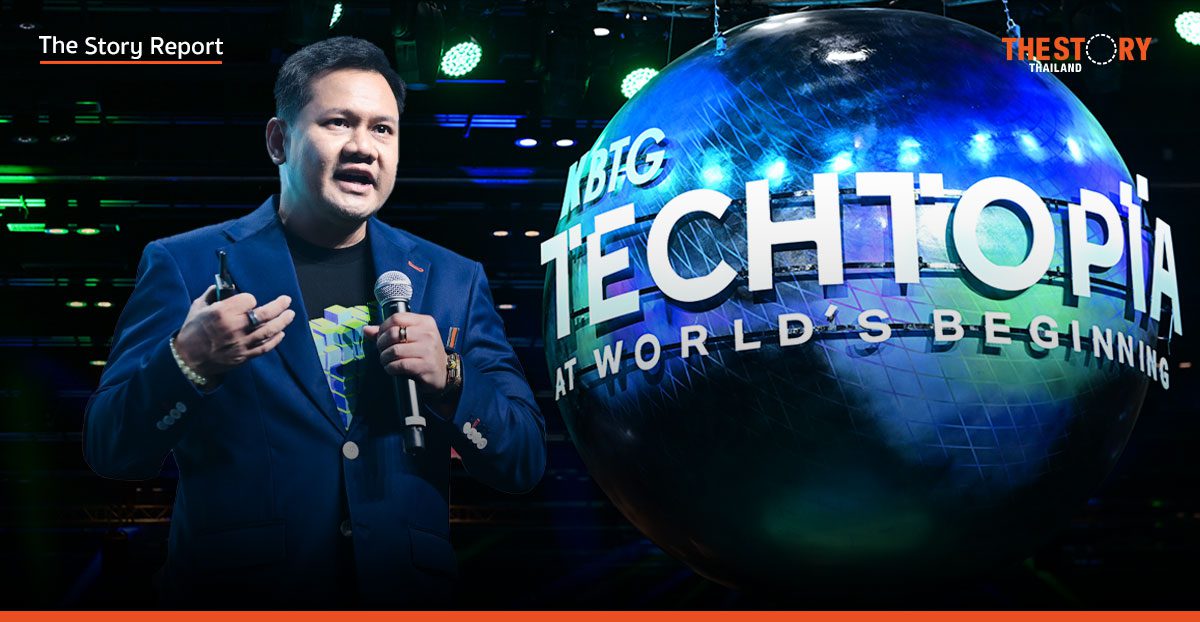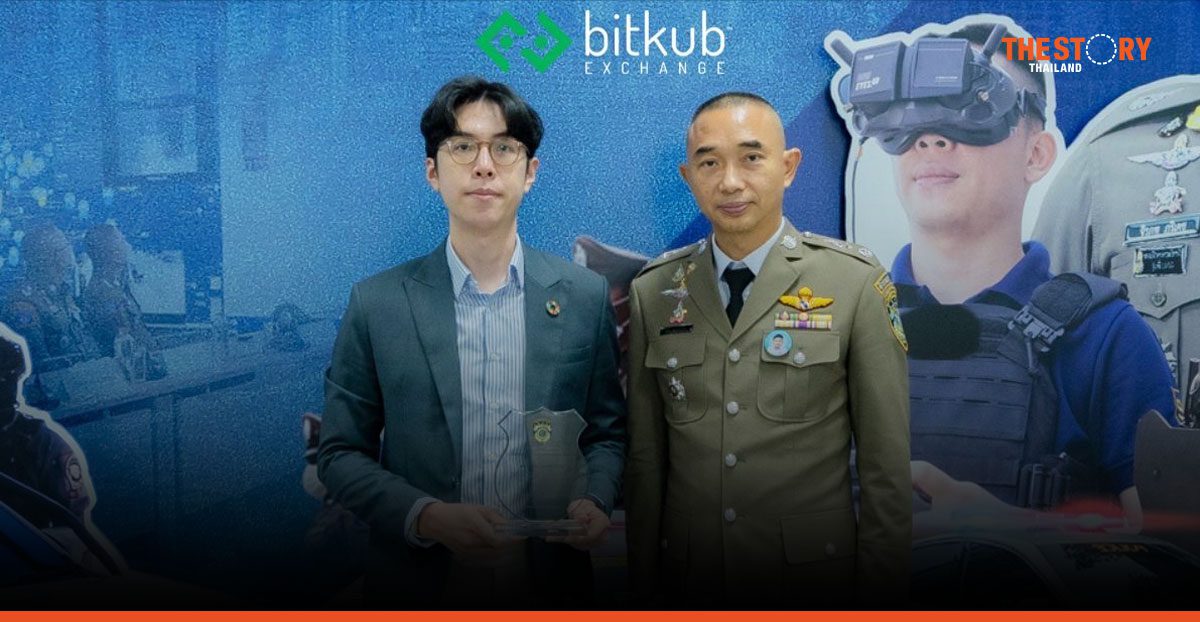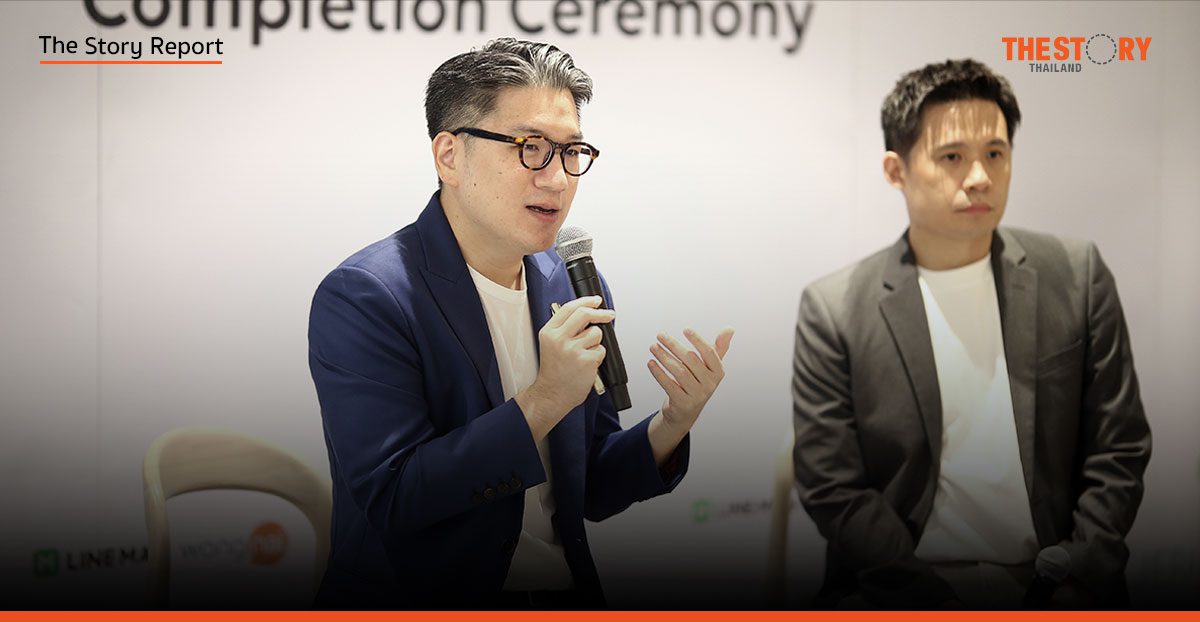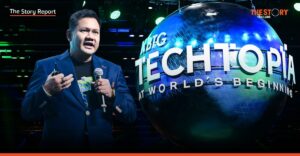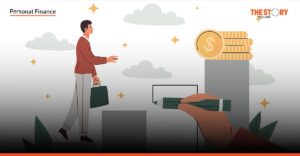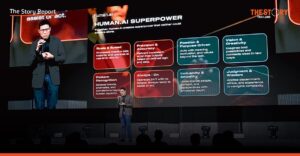A quiet revolution is reshaping Thailand’s financial landscape, as a potent combination of artificial intelligence and alternative data begins to dismantle the long-standing barriers that have excluded millions of small businesses and gig economy workers from the formal credit system. At a pivotal discussion during the Techsauce Global Summit 2025, industry leaders from banking and fintech outlined a future where economic opportunity is no longer dictated by traditional metrics, but by a more holistic and data-driven understanding of financial viability.
From Risk to Recognition
The consensus from the “Inclusive Finance for All” panel was that financial exclusion is fundamentally a problem of perspective, not of risk. The traditional system, panelists argued, was simply not designed to see the modern workforce accurately.
“The issue is not that they don’t qualify, but that the system wasn’t built for them,” stated Ithinan Watsuksanti, Head of Lending at Ascend Money, highlighting its rigid reliance on formal pay slips and credit histories. This creates what Panawat Innurak, Head of Personalized Customer Engagement & Experience at ttb, described as seeing “only one part of the customer,” an incomplete picture that often leads to exclusion.
This systemic blindness was powerfully illustrated by Tee Chayakul, Head of Lending (Thailand) at Bettr. He recounted the story of a successful 30-year-old recycling SME facing a severe cash flow paradox: though profitable, it was denied working capital loans because its accounts receivable were not recognized as valid collateral by traditional banks. Forced to turn to informal lenders, the company’s growth was capped, a story representative of countless businesses that form the lifeblood of Thailand’s grassroots economy.
An Arsenal for Inclusion
This systemic challenge is now being met by a powerful arsenal of technology designed to make the invisible, visible. The primary tool is alternative data. Tee Chayakul explained this as the process of turning “mundane data”—such as location patterns, digital device usage, and platform transaction histories—into predictive financial insight. He cited the transformative case of unlocking credit for ten million ride-hailing drivers in China, a group previously deemed unbankable.
This new data fuels the engine of AI-driven personalization. According to Ithinan Watsuksanti, the “one-size-fits-all” model is obsolete. AI enables hyper-personalized financial products, customized user journeys, and more nuanced risk assessments to deliver “the right product to the right customer at the right time.”
These solutions are being delivered through frictionless new channels. Embedded finance integrates financial services directly into the e-commerce and delivery apps people use daily, while the emergence of low-cost Virtual Banks is set to accelerate the shift by offering a full suite of tailored products beyond lending, including accessible savings and investment options.
Humanized Digital: The Soul of the New Machine
While technology provides the tools, the philosophy guiding their application is proving equally crucial. Panawat Innurak detailed ttb’s “Humanized Digital Banking” approach, which tempers digital efficiency with essential human empathy.
He shared a compelling case where a customer applied for another high-interest loan. Instead of an automated rejection, the bank’s digital tools identified an opportunity from the customer’s consistent utility payments—he likely owned a home. A human specialist then intervened, but instead of selling a product, he asked a simple question: “What pains you have?” This empathetic inquiry uncovered the root problem of multiple debts, leading to a debt consolidation solution that slashed the customer’s interest rate from over 20% to below 10%. “This is what we call human with digital,” Panawat asserted. “It’s about truly understanding the customer to improve their financial well-being.”
An Ecosystem Approach to National Scale
Ultimately, the panelists agreed that scaling these successes to a national level is a mission too vast for any single entity. “This problem is way bigger than any one company can handle alone,” said Tee Chayakul.
The path forward, they concluded, is a collaborative ecosystem. This new model requires a synergy where banks provide their invaluable trust and scale; fintechs contribute their speed and user-centric innovation; and technology providers offer their specialized global platforms. For these partnerships to thrive, they must be built on a shared customer-centric goal and clear operational frameworks.
The future of finance in Thailand, therefore, is not just about better technology, but about a shared commitment to building a more equitable and resilient economy where everyone has the tools to prosper.


